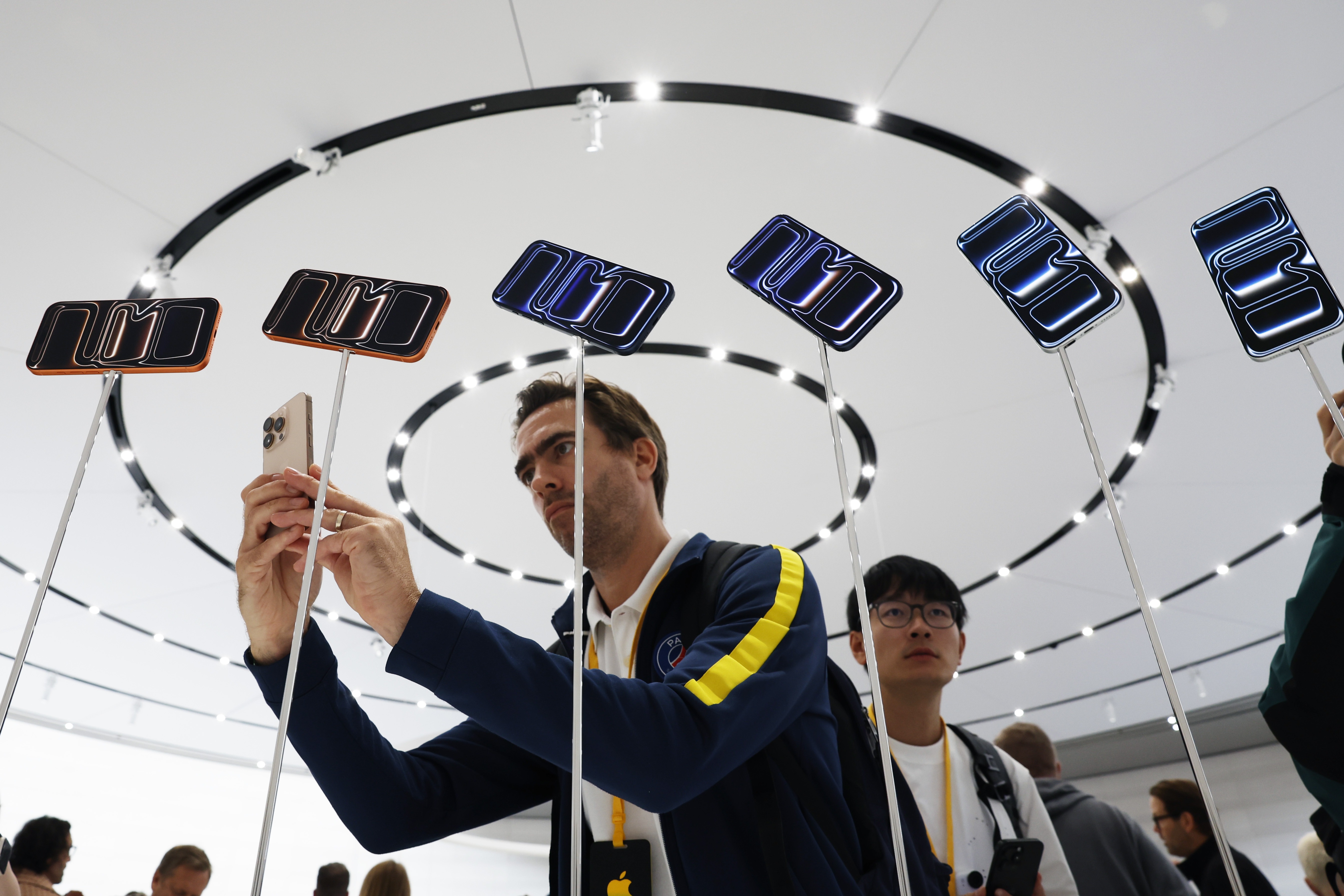There’s a special kind of schadenfreude that comes from watching a fellow journalist’s battery. It’s just before lunchtime at GovTech 2025, and now that journalist is me. It wasn’t supposed to be this way because I did everything right.
I arrived bright-eyed, caffeinated, and armed with my Intel Core Ultra 7 laptop, (a reliable five hours away from a charge), my iPad mini for backup, and hotspot.
Then I chose my seat, next to a power outlet. Except the power outlet wasn’t actually working and my devices, under the strain of AI tools, started dying in front of my eyes. First the laptop, then the iPad mini. One by one, they fell, until only the iPhone 16e and the Honor Magic6 Pro (my camera and voice recorder) soldiered on like battery-life Spartans.
The great battery awakening
Here’s the thing. The assistant manager at iStore Canal Walk said that, even in 2025, there were customers who camped outside the store on iPhone 17 launch day. I get it: it’s the first major design update since the iPhone 12, and there is also, like with the iPhone 12 mini, an entirely new model – the breathtaking engineering marvel called iPhone Air.
If I didn’t have my GovTech experience, I would probably be drooling over the now other single rear camera iPhone in the new lineup, but it’s a non-starter.
Why? Battery life.
The iPhone 16e, with its unglamorous 4,005mAh cell, doesn’t win innovation awards. But it won my heart by refusing to die.
Honor among survivors
The other hero in my pocket was the Honor Magic6 Pro. The once Huawei sub-brand has won over many South African Android users with well-packaged handsets at competitive prices.
Huawei is also one of the growing number of Chinese techmakers using silicon-carbon battery technology. And they back that up with a three-year warranty promising free replacements if battery health drops below 80%.
In other words: design matters, but uptime is king.
It’s a message that resonates in a country where Eskom has taught us to value devices that don’t flinch at the dark – endurance is the new status symbol.
What battery life really means in 2025
Smartphone endurance isn’t just about how many milliamp-hours you can cram into a phone. Apple showed this years ago with the iPhone 13 Pro, which routinely outlasted Android rivals that had larger batteries. The secret wasn’t bulk — it was efficiency. Apple’s vertical integration meant the chip, display, and iOS all sipped power in sync, keeping standby drain low and squeezing hours out of every milliamp.
In 2025, the endurance race has two clear paths. Apple’s iPhone 17 series leans on stacked battery technology, a move from the old rolled-up design to layered cells that use space more efficiently, pack in more energy and stay cooler under load. Combined with the A19 Bionic chip and iOS 26’s adaptive power tricks, it’s how the iPhone Air manages to be paper-thin yet surprisingly resilient.
Honor, meanwhile, takes a different tack. Its devices use silicon-carbon batteries, a chemistry shift that boosts energy density by 10-20% over traditional lithium-ion cells by replacing graphite in the anode with silicon.
The lesson? Bigger isn’t always better, but neither is thinner. Smarter design and smarter chemistry are what keep our phones alive when the outlets aren’t.
Meanwhile, in laptop land…
Back at GovTech, surrounded by delegates with Windows laptops circling the outlets like vultures, I realised what I was missing: a MacBook M-series.
Apple’s silicon spoiled the game. They made battery life part of the value proposition, not just performance. Even Microsoft, once the faithful cheerleader for Intel, is flirting with Snapdragon and AMD in its new Surface laptops.
Why? Because nothing says user experience like not watching your battery icon dissolve in real time.
iStore’s Linda van der Nest reminded me of this when she said: “If you give somebody a tool like a Mac that they absolutely love to use, that’s got uptime the whole time that they can do their best work on, all of a sudden you’re getting the best out of people.”
When she says uptime, she means battery endurance.

A South African price reality check
Here’s the kicker. For once, South Africans aren’t paying more for the privilege of staying alive digitally. The iPhone 17 is launching cheaper than the 16 did – a second consecutive year of price cuts. That’s almost miraculous in a market where iPhone launches usually double as currency post-mortems.
iStore CEO Chris Dodd framed it as a market correction: “This is the second year in a row that new iPhones have become more accessible locally… we are pleased that currency movements in favour of the rand are ensuring that the world’s best technology is now more affordable for South Africans.”
Of course, affordability is relative.
So, what did GovTech 2025 teach me? That AI may eventually run the government, but until Eskom sorts itself out, the real artificial intelligence is choosing a device that doesn’t need an outlet every three hours.
Because in South Africa, survival isn’t about who has the fastest chip. It’s about who has enough juice to file the story. DM




 People inspect the new Apple iPhone 17 Pro at a product launch event at Apple Park in Cupertino, California, US, on 9 September 2025. (Photo: EPA / John G Mabanglo)
People inspect the new Apple iPhone 17 Pro at a product launch event at Apple Park in Cupertino, California, US, on 9 September 2025. (Photo: EPA / John G Mabanglo)